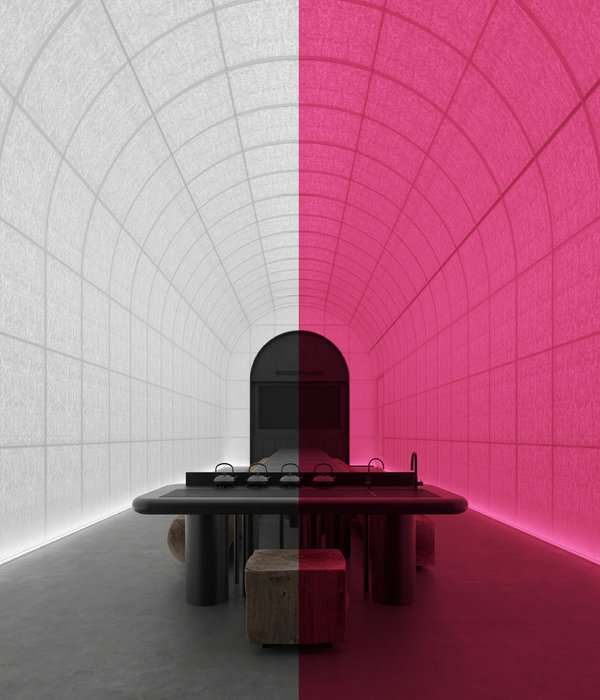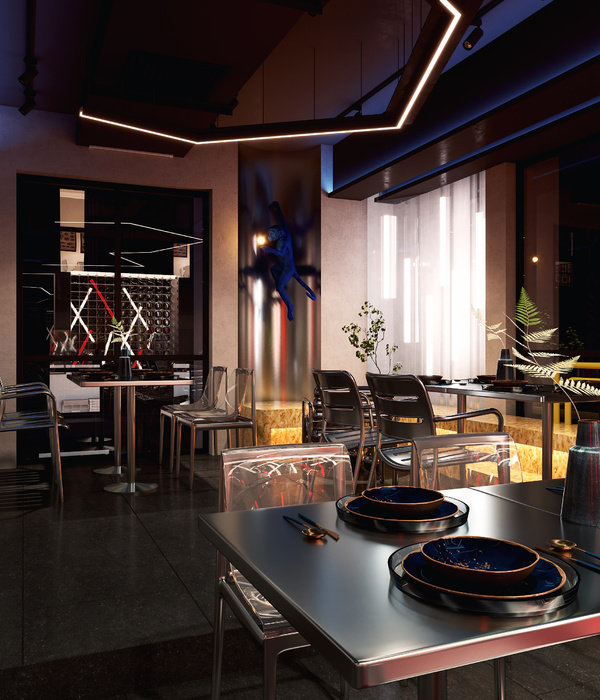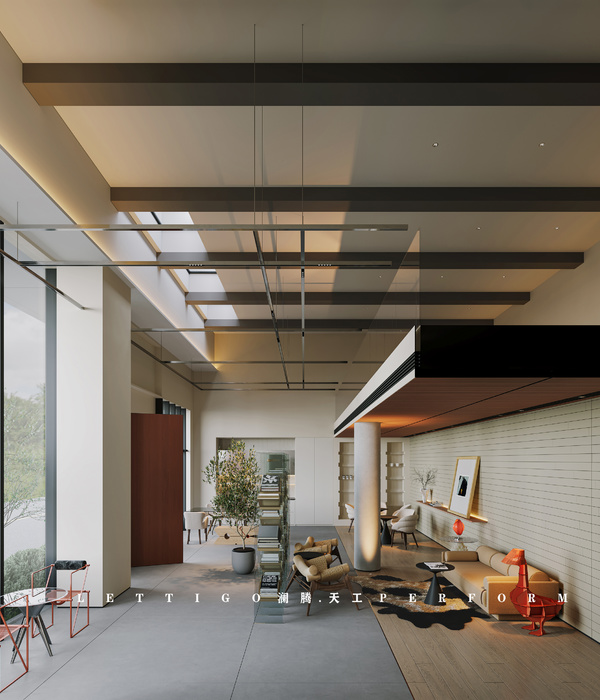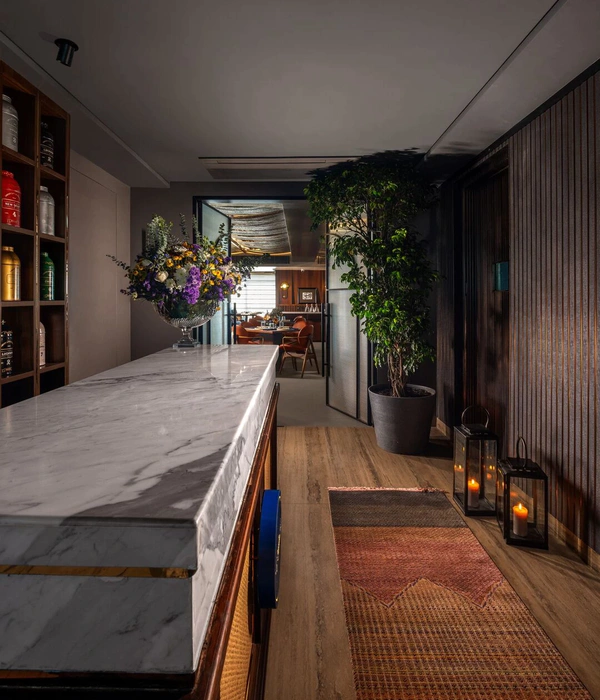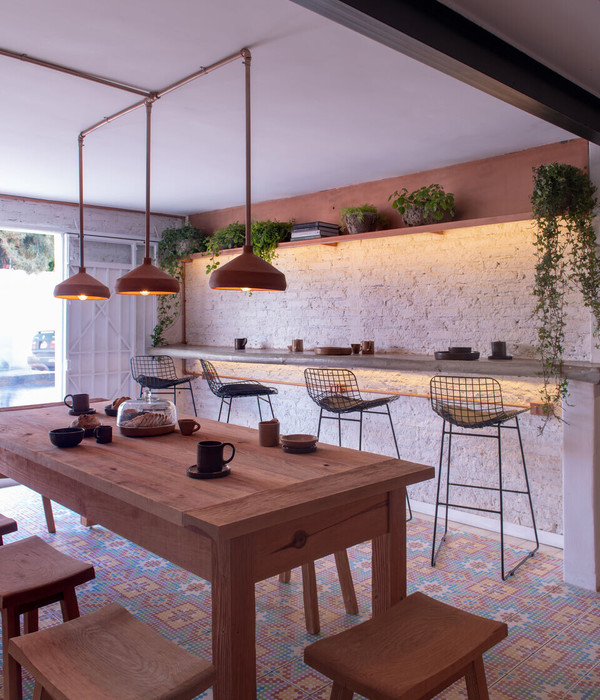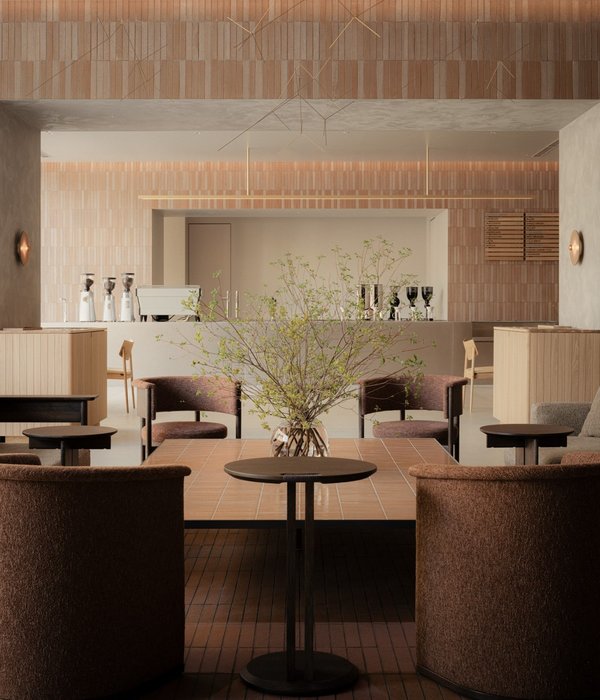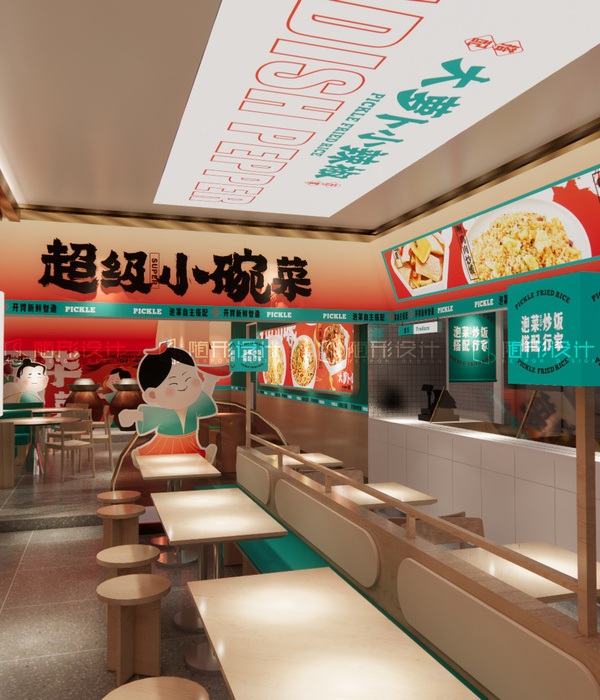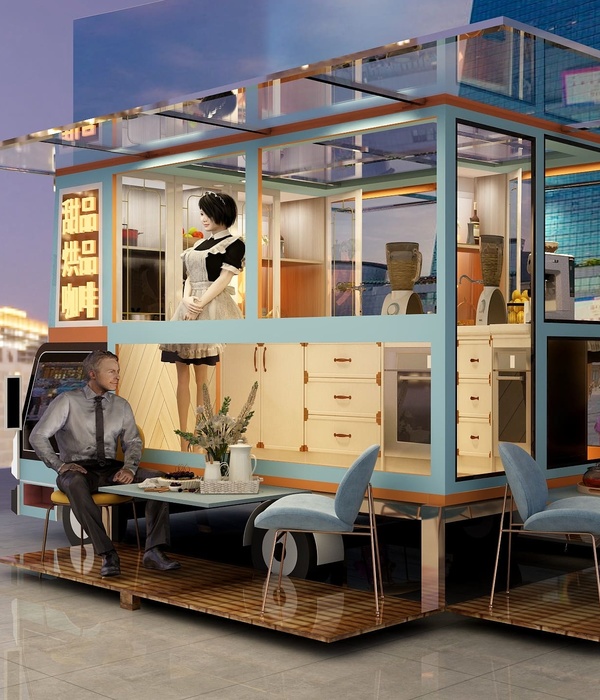东京的餐厅和咖啡馆Sahsya Kanetanaka考虑到了每一个细节,它本身几乎就是一件艺术品。从壮观的石壁入口,凄美的金属落锤雕塑,到精致的季节性菜单,在室内和结构设计中采用当代手法,参考了日本传统建筑技术和极简主义美学。
Tokyo restaurant and cafe Sahsya Kanetanaka has every detail considered, that it’s almost an artwork in itself. From it’s spectacular stone-walled entrance with poignant metal-drop sculpture, to a refined seasonal menu accompanied by a contemporary approach in its interior and structural design referencing traditional Japanese construction techniques and aesthetics of minimalism and simplicity.
Sahsya Kanetanaka由新材料研究实验室(NMRL)设计,这是一家建筑和设计公司,由杉本博司和合作建筑师坂田友行在2008年成立。两个细长的长方形桌子由来自加拿大的Hiba木材制成,座位向外对齐,面向外面的传统花园。
Sahsya Kanetanaka was designed by New Material Research Laboratory (NMRL) an architectural and design firm established and founded by Hiroshi Sugimoto together with partner architect Tomoyuki Sakakida in 2008. Featuring two elongated rectangular tables made from Hiba wood sourced from Canada, with seating aligned as outward-facing to the traditional garden outside.
一张巨大的银色明胶照片位于极简主义室内的中心位置,来自Hiroshi Sugimoto 2004年的概念形式系列。事实上,餐厅的圆形、白色和木制椅子也是由杉本设计的,灵感来自于相同的概念形式系列。
A large silver gelatin photograph takes centre place in the minimalistic interior, from Hiroshi Sugimoto’s Conceptual Forms series from 2004. In fact, the restaurant’s rounded, white and wood chairs also designed by Sugimoto took form from inspiration from the same Conceptual Forms series.
餐厅的内部混凝土楼板的灵感来自于日本传统建筑技术生鱼片,一种地板,传统上由捣碎的土壤、水和石灰,常见的入口空间,然而在现代实践开始加入其他材料如水泥或混凝土。
The restaurant’s interior concrete floor was inspired by the traditional Japanese architectural technique of tataki , a type of flooring which traditionally comprised of pounded soil, lime and water and was commonly found at the entrance of a space, yet in modern practices began to incorporate other materials such as cement or concrete.
Tataki的历史可以追溯到一万多年前的绳纹时代,是日本的一种古老习俗。这样的历史联系在杉本的艺术实践中很常见,当它融入到他的建筑作品中时,就更加迷人了。
Tataki dates back to over 10,000 years ago as an ancient practice that was established in Japan during the Jomon period. Such historical connections are commonly found in Sugimoto’s own artistic practice, and it’s only all the more fascinating when incorporated into his architectural endeavours.
{{item.text_origin}}

